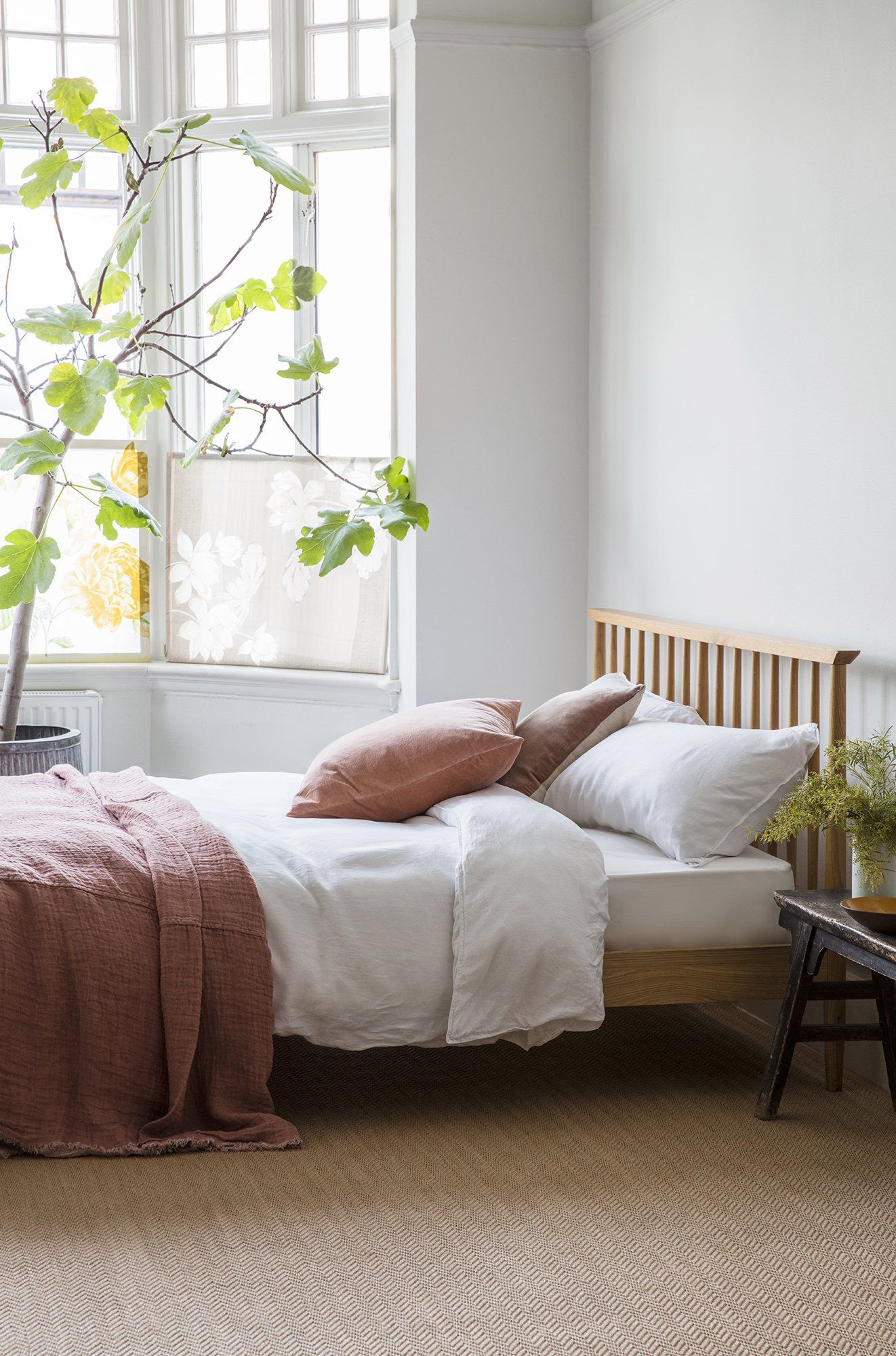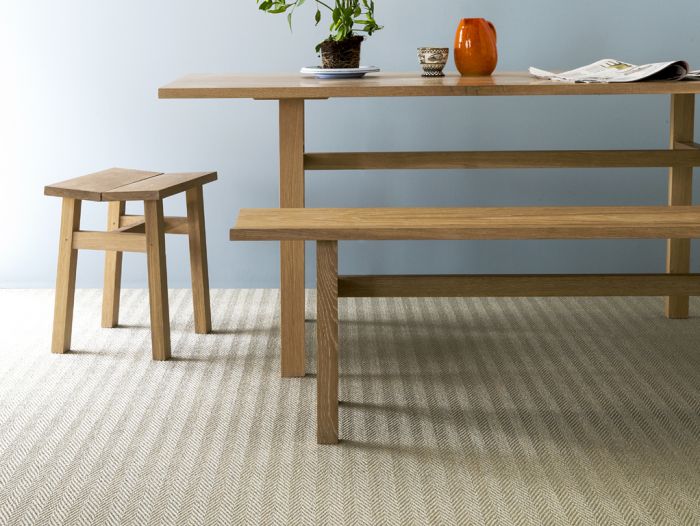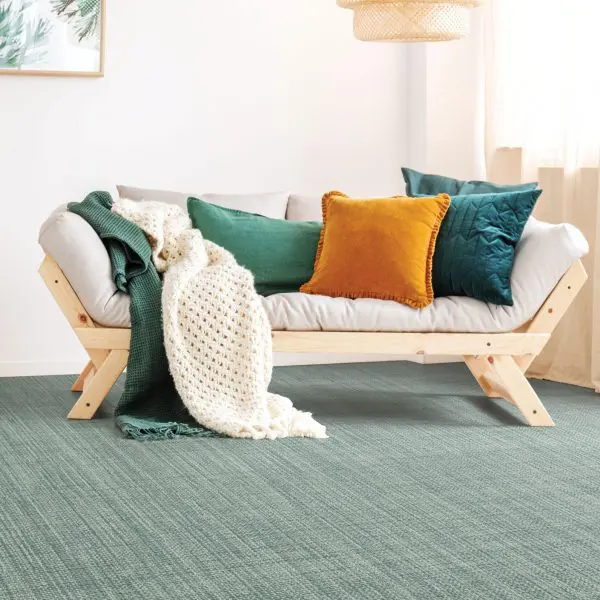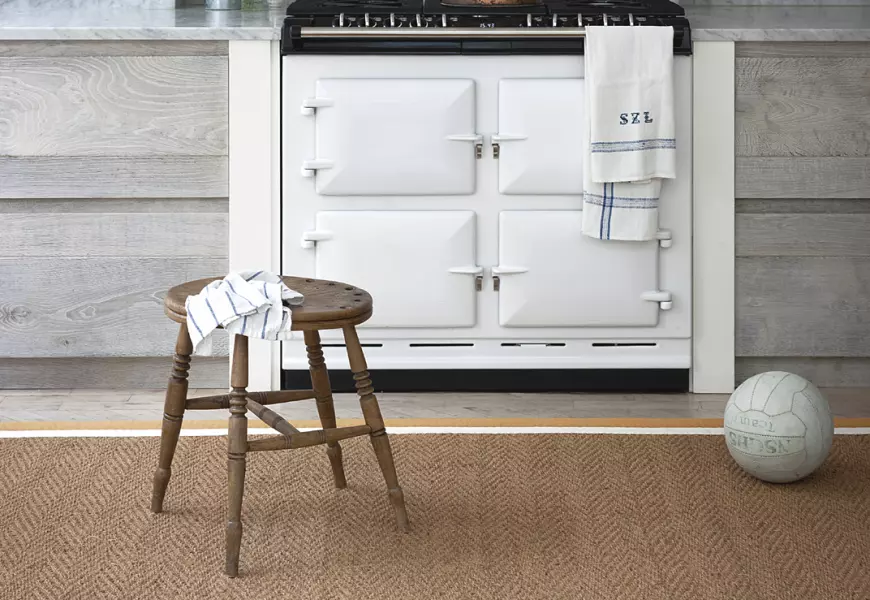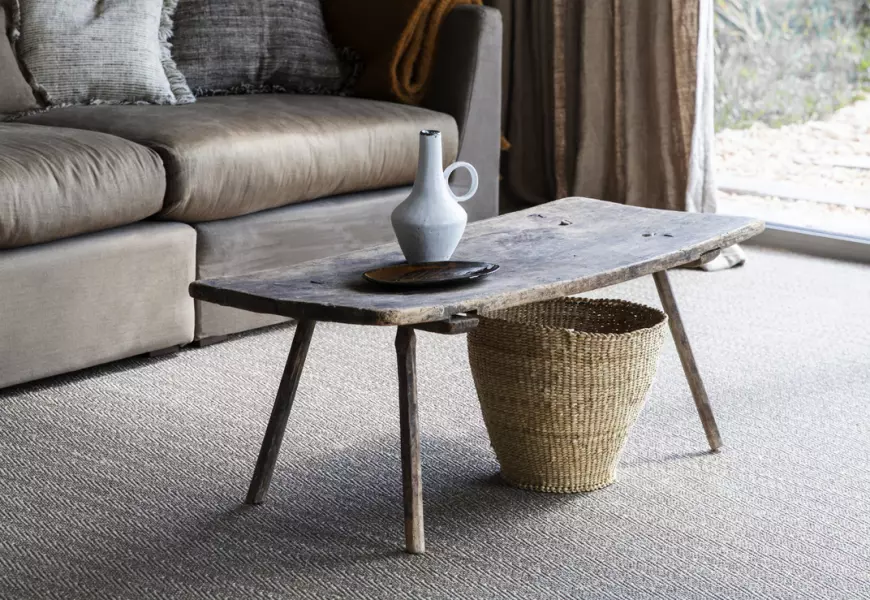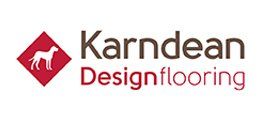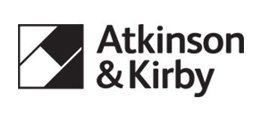The installation process is key to providing your natural flooring with a long-lasting, cost-effective life. Prior to fitting, we’ll roll out your flooring to check for any faults before we begin the fitting process.
We recommend using our free fitting service to install your natural flooring, but in case you do want to do it yourself, the guide below should come in pretty handy.
SUBFLOOR
Once you’re good to go, the first thing we check is the subfloor. This needs to be in a good condition to accept the flooring - clean, smooth, and free from any inconsistencies in texture to ensure there won’t be any ridges or bumps once the new floor is fit in.
Concrete or cementitious subfloors should be completely dry with a relative humidity that is below 75%, which can be checked with an instrument such as a hygrometer.
MOISTURE
Natural fibres are heavily absorbent materials, which can sometimes cause them to change in dimension when exposed to moisture. Depending on what product you go for, this can happen in different ways - coir is prone to expanding, which can cause it to wrinkle or buckle, while sisal and jute are likely to shrink after contact with moisture. We prepare accordingly to ensure your flooring fits correctly in the space you’ve intended for it.
CONDITIONING
During the preparation process, it’s recommended that your flooring is conditioned in the area it will be fit into for at least 48 hours. This will give time to monitor any changes during this time and adapt accordingly.
This is done by unrolling the flooring, laying it out, and cutting it to the correct shape plus an extra 60mm, allowing for any alterations in dimensions during the conditioning period.
SYSTEMS
There are two key systems we can choose between with your installation: direct adhesion to the subfloor, or a double-stick system over a firm, stable, uniform underlay.
The first, also known as the direct stick method, involves sticking the latex backing of the flooring directly to the subfloor with a permanent adhesive. This technique prevents any movement, improving the overall look and enhancing the long-lasting effect of the flooring.
The second utilises many of the same principles. The underlay is fixed to the subfloor with a tackifier before the flooring is then fixed on top of the underlay with a permanent adhesive.



